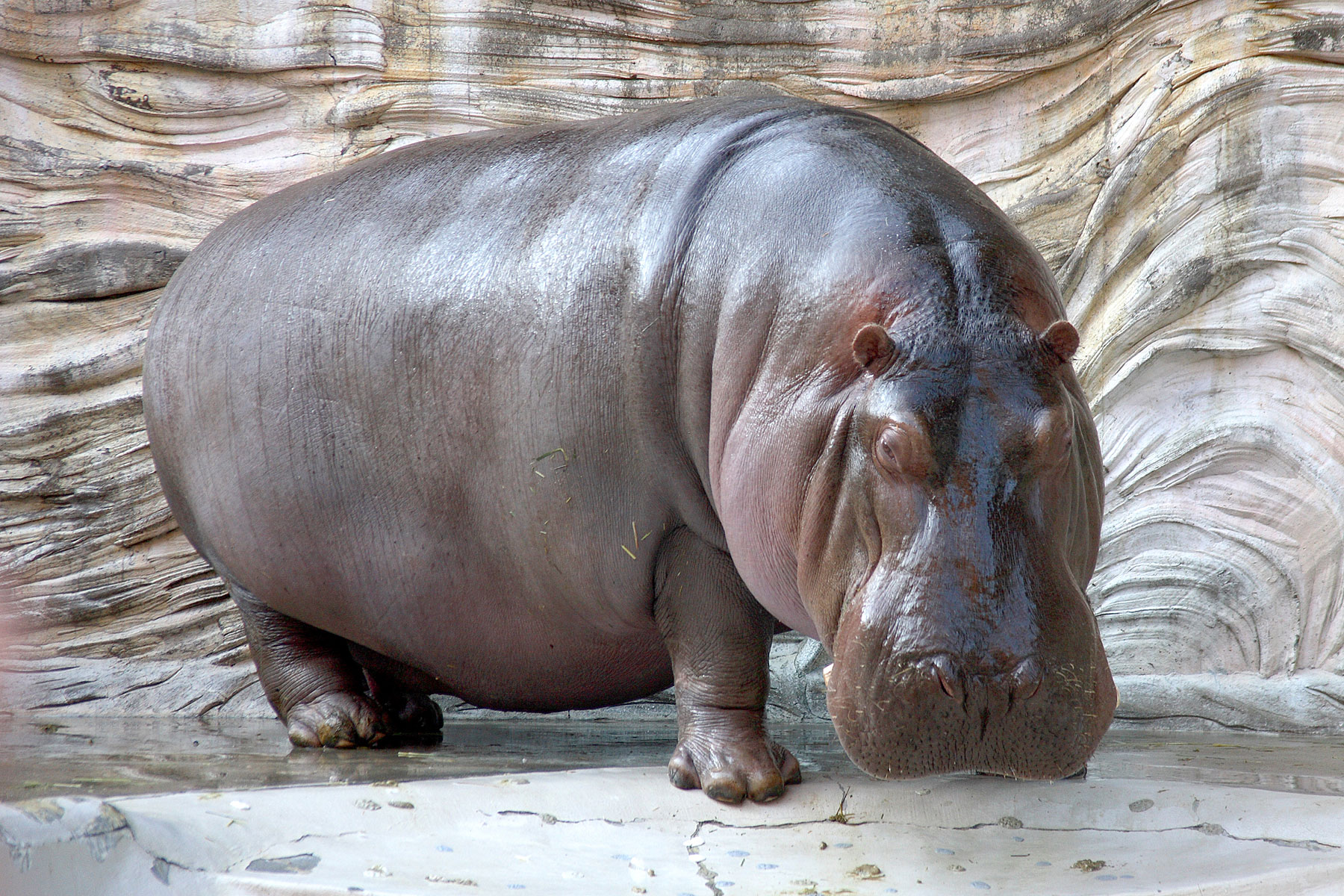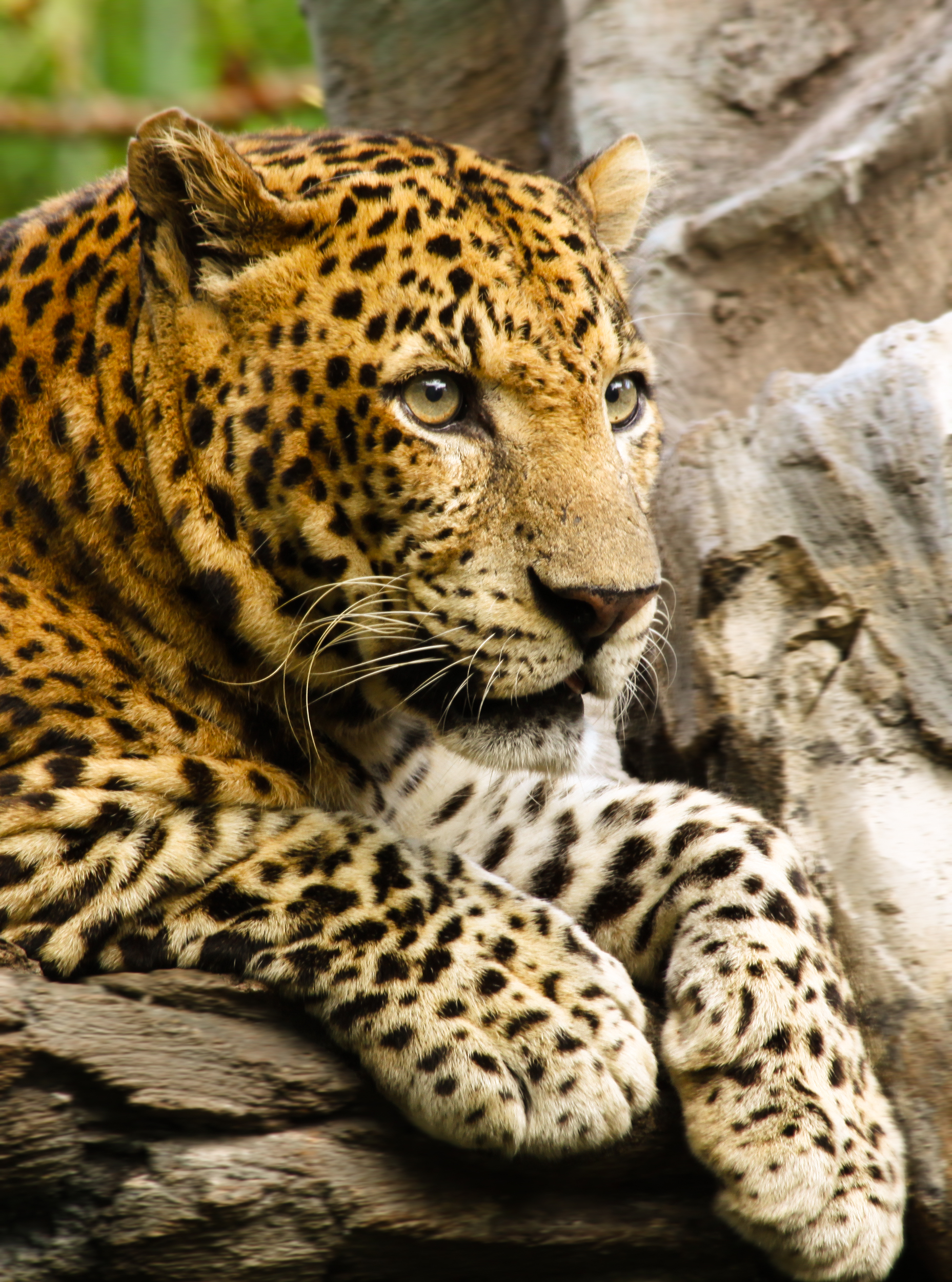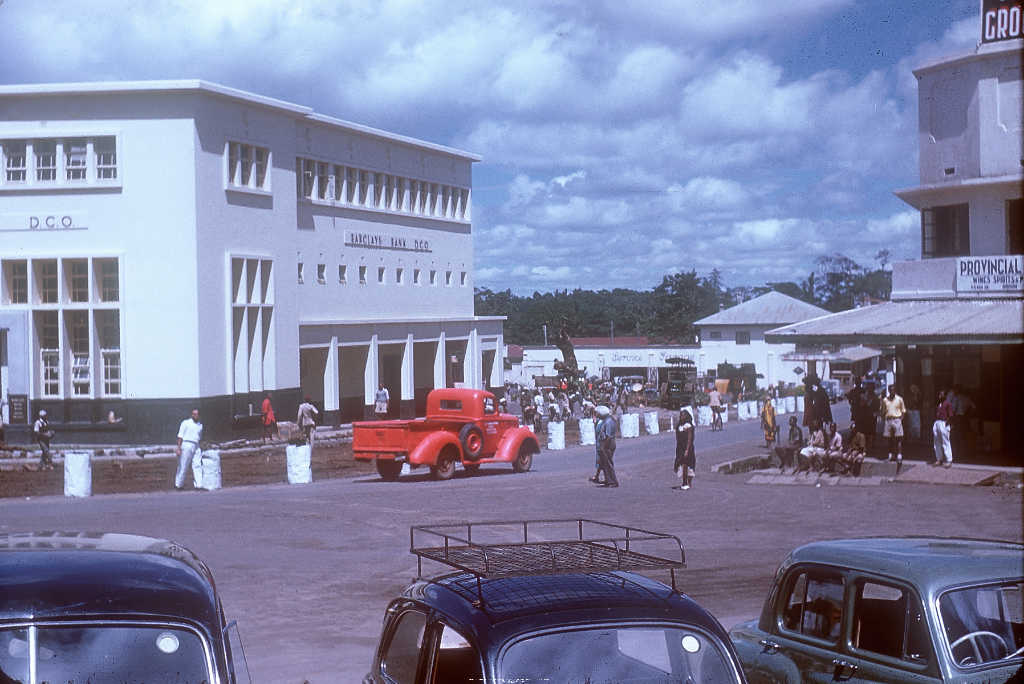|
Telephone Numbers In Tanzania
Until 1999, Tanzania, Kenya and Uganda shared a telephone numbering plan, in which subscribers were only required to dial the trunk code, area code and number. In that year, Tanzania adopted a new numbering plan. Calls to Kenya and Uganda require a regional prefix rather than having to use full international dialling. To call Kenya from Tanzania, subscribers dial 005 instead of +254, while to call Uganda, they dial 006 rather instead of +256. To call Tanzania from Kenya and Uganda, subscribers dial 007 instead of +255. Format * +255 XXX XXX XXX +255XX XXX XXXX calling from outside Tanzania * 0XXX XXX XXX or 0XX XXX XXXX - calling within Tanzania The NSN length is nine digits. * Subscriber Number length under 2X, 4X, 6X and 7X NDCs is 7 digits. * Subscriber Number length under 8XY and 90X NDCs is 6 digits. Geographic number for fixed telephony services (area codes) VoIP services VoIP services begin with 41: Mobile telephone numbers Mobile numbers start with 6 or 7: Special ... [...More Info...] [...Related Items...] OR: [Wikipedia] [Google] [Baidu] |
Tanzania
Tanzania (; ), officially the United Republic of Tanzania ( sw, Jamhuri ya Muungano wa Tanzania), is a country in East Africa within the African Great Lakes region. It borders Uganda to the north; Kenya to the northeast; Comoro Islands and the Indian Ocean to the east; Mozambique and Malawi to the south; Zambia to the southwest; and Rwanda, Burundi, and the Democratic Republic of the Congo to the west. Mount Kilimanjaro, Africa's highest mountain, is in northeastern Tanzania. According to the United Nations, Tanzania has a population of million, making it the most populous country located entirely south of the equator. Many important hominid fossils have been found in Tanzania, such as 6-million-year-old Pliocene hominid fossils. The genus Australopithecus ranged across Africa between 4 and 2 million years ago, and the oldest remains of the genus ''Homo'' are found near Lake Olduvai. Following the rise of '' Homo erectus'' 1.8 million years ago, humanity spread ... [...More Info...] [...Related Items...] OR: [Wikipedia] [Google] [Baidu] |
Katavi Region
Katavi Region (''Mkoa wa Katavi'' in Swahili) is one of Tanzania's 31 administrative regions. The region covers an area of . The region is comparable in size to the combined land area of the nation state of Estonia. Kagera Region is bordered to the east by Tabora Region. The region is bordered to the south by Rukwa Region and Songwe Region. Lastly, Katavi borders DRC on Lake Tanganyika to the west. The region derives its name from Katavi, the spirit of lake Tanganyika. The regional capital city is Mpanda. According to the 2012 national census, the region had a population of 564,604. Geography The Katavi region is located between Longitude 30° and 33° East of Greenwich and Latitudes 5° 15° to 7° 03° South of the Equator. It is bordered to the north by the Urambo District (Tabora), to the east by the Sikonge District (Tabora), to the east by the Chunya District (Mbeya), to the south by the Sumbawanga District (Rukwa), to the south-east by the Democratic Republic of the Congo ... [...More Info...] [...Related Items...] OR: [Wikipedia] [Google] [Baidu] |
Tanga Region
Tanga Region (''Mkoa wa Tanga'' in Swahili) is one of Tanzania's 31 administrative regions. The region covers an area of . The region is comparable in size to the combined land area of the nation state of Burundi. The regional capital is the municipality of Tanga city. Located in northeast Tanzania, the region is bordered by Kenya and Kilimanjaro Region to the north; Manyara Region to the west; and Morogoro and Pwani Regions to the south. It has a coastline to the east with the Indian Ocean. According to the 2012 national census, the region had a population of 2,045,205. History The region was previously known as Tanga Province and included Same and Mwanga Districts that are at present in Kilimanjaro Region. Geography Geology and terrain Tanga Region is the 15th largest region by size with an area of , after Songwe Region at . An area occupying 3% of the country. In comparison Tanga is larger than the African nation of Burundi at 25,680 square kilometers. The Tanga Reg ... [...More Info...] [...Related Items...] OR: [Wikipedia] [Google] [Baidu] |
Manyara Region
Manyara Region (''Mkoa wa Manyara'' in Swahili) is one of Tanzania's 31 administrative regions. The regional capital is the town of Babati. According to the 2012 national census, the region had a population of 1,425,131, which was lower than the pre-census projection of 1,497,555.Population Distribution by Administrative Units, United Republic of Tanzania, 2013 For 2002-2012, the region's 3.2 percent average annual population growth rate was tied for the third highest in the country. It was also the 22nd most densely populated region with 32 people per square kilometre. |
Kilimanjaro Region
Kilimanjaro Region (''Mkoa wa Kilimanjaro'' in Swahili) is one of Tanzania's 31 administrative regions. The regional capital and largest city is the municipality of Moshi. With a HDI of 0.613, Kilimajaro is one among the most developed regions of Tanzania. According to the 2012 national census, the region had a population of 1,640,087, which was lower than the pre-census projection of 1,702,207.Population Distribution by Administrative Units, United Republic of Tanzania, 2013 For 2002-2012, the region's 1.8 percent average annual population growth rate was the 24th highest in the country. It was also the eighth most densely populated region with 124 people per square ... [...More Info...] [...Related Items...] OR: [Wikipedia] [Google] [Baidu] |
Arusha Region
Arusha City is a Tanzanian city and the regional capital of the Arusha Region, with a population of 416,442 plus 323,198 in the surrounding Arusha District Council (2012 census). Located below Mount Meru (Tanzania), Mount Meru on the eastern edge of the eastern branch of the East African Rift, Great Rift Valley, Arusha City has a temperate climate. The city is close to the Serengeti National Park, the Ngorongoro Conservation Area, Lake Manyara National Park, Olduvai Gorge, Tarangire National Park, Mount Kilimanjaro, and Mount Meru (Tanzania), Mount Meru in the Arusha National Park. The city is a major international diplomatic hub. It hosts the African Court on Human and Peoples' Rights, African Court of the African Union and is the capital of the East African Community. From 1994 to 2015, the city also hosted the International Criminal Tribunal for Rwanda, but that entity has ceased operations. It is a multicultural city with a majority Tanzanian population of mixed backgroun ... [...More Info...] [...Related Items...] OR: [Wikipedia] [Google] [Baidu] |
Tabora Region
Tabora Region (''Mkoa wa Tabora'' in Swahili) is one of Tanzania's 31 administrative regions. The regional capital is the municipality of Tabora. The region is located in mid-western part of Tanzania. Tabora is bordered by Shinyanga to the north, Singida to the east, Mbeya and Songwe to the south. lastly, Katavi, Kigoma and Geita, border Tabora to the west. Tabora is by far the largest region in Tanzania by area. Most of the population in the region is concentrated in the north in Nzega district. According to the 2012 national census, Tabora Region had a population of 2,291,623.Population Distribution by Administrative Units, United Republic of Tanzania, 2013 Etymology < ...
|
Singida Region
Singida Region (''Mkoa wa Singida'' in Swahili) is one of the regions of Tanzania. The regional capital is the municipality of Singida. The region is bordered to the north by Shinyanga Region, Simiyu Region and Arusha Region, to the northeast by Manyara Region, to the east by Dodoma Region, to the southeast by Iringa Region, to the southwest by Mbeya Region and to the west by Tabora Region. Singida Region is accessible from Arusha through Babati and Katesh in Manyara Region. From Dar es Salaam, Singida Region is reached through Morogoro and Dodoma. From Mwanza, the region is reached through Shinyanga and Nzega. All these roads are passable all year round with good quality tarmac. Geographical location Singida Region is located below the equator between latitudes 3052’ and 7034’. Longitudinally the region is situated between 33027’ and 350 26’ east of Greenwich. To the north, it shares borders with Shinyanga Region; Arusha, Manyara and on the east borders Dodoma. To t ... [...More Info...] [...Related Items...] OR: [Wikipedia] [Google] [Baidu] |
Njombe Region
Njombe Region (''Mkoa wa Njombe'' in Swahili) is one of Tanzania's 31 administrative regions. The region covers a land area of . The region is comparable in size to the combined land area of the nation state of El Salvador. Njombe Region is bordered to the north by the Iringa Region and Mbeya Region, to the east by Morogoro Region, to the south by the Ruvuma Region and to the west by Lake Nyasa. The regional capital is the municipality of Njombe. According to the 2012 national census, the region had a population of 702,097. Etymology The name Njombe originated from a name of a tree species called ‘''Mdzombe''’ for singular and ''Mazdombe'' for plural which then dominant in one of its localities known as Mdandu. And it was in Mdandu where the Germans chose to build an administrative and defence block; the Boma. Geography The Njombe Region is situated in Tanzania's Southern Highlands Zone. It shares borders with the regions of Iringa to the north, Morogoro to the east, M ... [...More Info...] [...Related Items...] OR: [Wikipedia] [Google] [Baidu] |
Iringa Region
Iringa Region (''Mkoa wa Iringa'' in Swahili) is one of Tanzania's 31 administrative regions. The region covers an area of . The region is comparable in size to the combined land area of the nation state of Guinea Bissau. Iringa Region is bordered to the east by Morogoro Region and south by Njombe Region. On the west the region is bodered by Mbeya Region. Dodoma Region and Singida Region border Iringa on the north. The regional capital is the city Iringa for which the city is named after. According to the 2012 census, the region has a total population of 941,238. Iringa Region is home to Ruaha National Park, Tanzania's second national largest park. Geography The elevation of Iringa varies from 900 to 2,300 meters above sea level. A significant scarp that can reach 800 meters in height and is the eastern portion of the Great Rift Valley surrounds the area on all sides. Iringa is hence situated in Tanzania's southern highlands, bordering the Mbeya, Njombe, Morogoro, Dodoma, and ... [...More Info...] [...Related Items...] OR: [Wikipedia] [Google] [Baidu] |
Dodoma Region
Dodoma Region (''Mkoa wa Dodoma'' in Swahili language, Swahili) is one of Tanzania's 31 administrative Regions of Tanzania, regions. The regional capital is the city of Dodoma. The region is located in central Tanzania, it is bordered by Singida Region to the west; Manyara Region to the north; Iringa Region to the south; and Morogoro Region to the east. Dodoma Region hosts the nation's capital city with where the legislative assembly or Politics of Tanzania#Legislative_branch, Bunge is based. Dodoma Region also hosts one of the largest University in Tanzania, University of Dodoma. The regiom is sole home of the Tanzanian wine industry, which is the second largest wine industry on the continent after South Africa. According to the 2012 national census, the region had a population of 2,492,989. History Dodoma's name derives from the Gogo people, Gogo word, ''Idodomya'', the location of an elephant's sinking. The city of Dodoma where the region gets it's name, is the largest city ... [...More Info...] [...Related Items...] OR: [Wikipedia] [Google] [Baidu] |
Songwe Region
Songwe Region (''Mkoa wa Songwe'' in Swahili) is a region of Tanzania created on 29 January 2016 from the western half of Mbeya Region. Its capital is Vwawa. Geography Songwe Region borders the countries of Zambia and Malawi to the south: Tunduma is the main entry point into Zambia while Isongole is the main entry point into Malawi. Songwe also borders the Tanzanian regions of Rukwa and Katavi in the west, Tabora in the north, and Mbeya in the east. Lake Rukwa is a major body of water in the western part of the region. The East African Rift and Southern Highlands run through the region. Government The commissioner of Songwe Region is Omary Tebweta Mgumba, who was appointed on 15 May 2021. Administrative divisions Districts Songwe Region is divided into the town of Tunduma and the districts of Ileje, Mbozi, Momba and Songwe. Tunduma is subdivided into 15 wards and 71 ''mitaa'' (streets), while the four districts are subdivided into 11 divisions, 79 wards, 307 villages ... [...More Info...] [...Related Items...] OR: [Wikipedia] [Google] [Baidu] |

.jpeg/1200px-Black_rhino_(head_and_shoulder_view).jpeg)






.jpg)
.jpg)